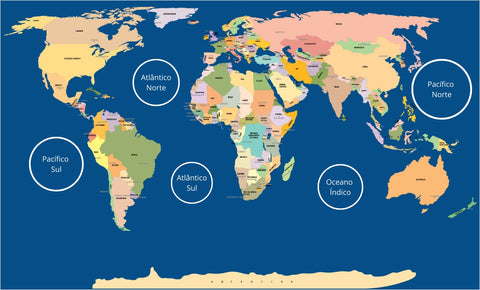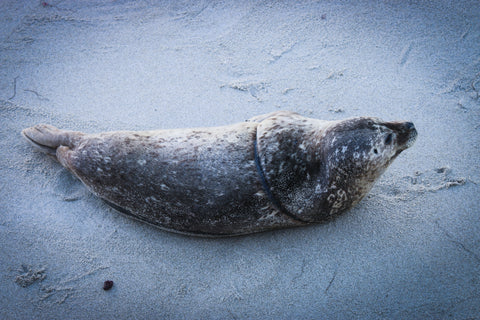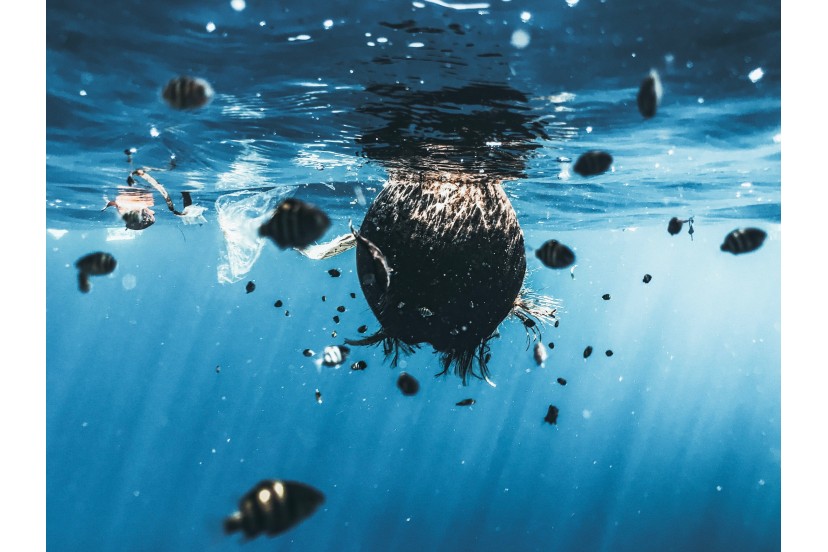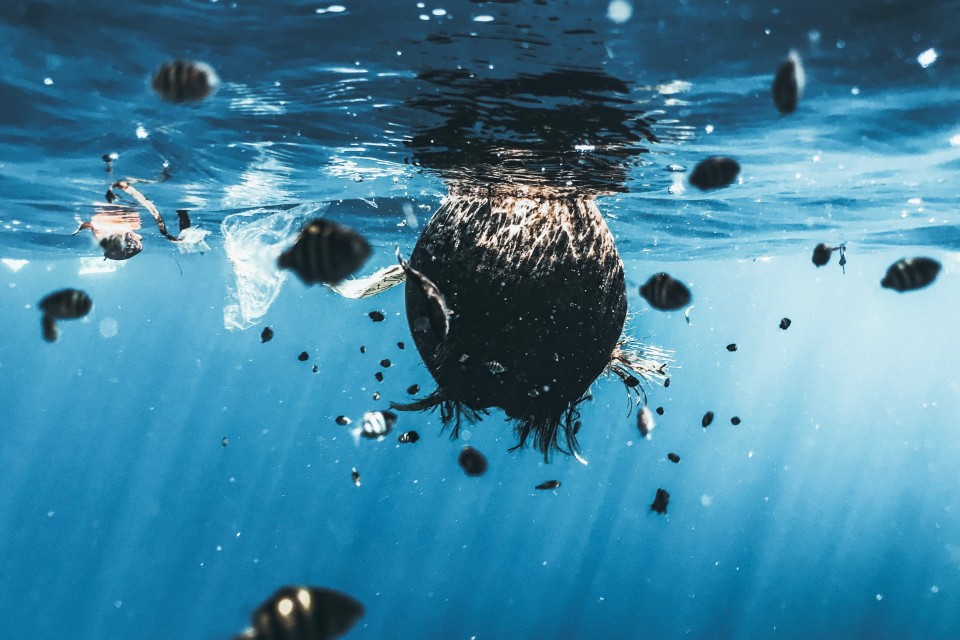Do you know how much plastic ends up in the ocean every year?
Well, that's 8 thousand tons.
Exactly, 8 thousand!
You can't even visualize it well, right? There are more than 150 million oftons of plastic presentin the oceans!Well, how did we let something so serious and so visible turn into the problem it is today ? Where are these oceans of plastic found and what are their main constituents?
Constituents and how plastic oceans are formed
The islands are made up mostly of microplastics that come from the land territory and fishing activity. This waste becomes trapped in the eddies formed by the convergence of cold and hot currents, grouping more and more objects together, making the island grow.
Despite China, Indonesia, Philippines, Vietnam < /b>and Sri Lanka are the countries that most contribute to this phenomenon, we Portuguese also have the influence and power to prevent the situation from worsening by giving our contribution and example. Later on we will tell you how.
Stay tuned!
Location of plastic oceans
Currently, five large plastic islands have been discoveredthese islands are not habitable, but have a major impact on our ecosystem. These large spots in ?our? ocean are located in the north Atlantic, south Atlantic b>, Indian Ocean,South Pacific and North Pacific.

The latter (North Pacific) is the largest island, reaching 1,600,000 km2surface. Since Portugal occupies 92,212 km2 this patch of plastic has 17 times the size of Portugal. TIt is estimated to have 1.8 trillion plastic parts, about 800,000 tons.
Out of curiosity, it was the oceanographer Charles J. Moore of North American origin who discovered, in 1997, this large garbage deposit, when returning on his sailboat of a famous regatta. This discovery was a huge wake-up call for the entire scientific community.
Isn't it sad that society lets the situation be ?sunk? by these astonishing numbers?
The problems and consequences
Part of the microplastics are found in depth, the An example of this is the Challenger abyss, also known as Challenger Deep, thedeepest point in the ocean (approximately 11 000 meters deep) located in the Marianas Trench, where traces of plastic were found during an expedition there.
Garbage in the oceans leads to the destruction of many marine ecosystems,as animals become trapped in larger pieces such as fishing nets and large packages, they are injured and (the unluckiest ones) can even die.
On the other hand, ingesting smaller particles can also lead to some problems, namely the development of diseases in their bodies due to toxic chemicals.

Since we, human beings, are major consumers of marine fauna, when these animals enter our food chain they bring ingested microplastics with them. However, the consequences for our health are still an enigma for the scientific community, and nothing comparable to the effects they have on animals.
More and more beaches that, in past times were used for leisure, are flooded with plastic waste that reaches the coast through the tides, causing a great environmental and visual impact , also have a major economic impact, as cleaning coasts and beaches ends up being an expensive service. Sectors that depend on the sea and fishing also end up suffering negative consequences.
What needs to be done
Is there a forecast for a slowdown? No, on the contrary!
The amount of plastic in the sea is expected to increase, obviously increasing its harmful consequences for everyone.
But you can help slow that increase. As? We'll give you some tips!
1 - Don't leave home without your reusable cloth, fabric or fiber bag, and not only for the supermarket, which is already a regular practice, but also for the grocery store, pharmacy, shopping for clothes, etc.
2 - Choose to use a reusable bottle, avoiding always buying and throwing plastic bottles in the trash. In addition to saving the environment, you save your wallet!
3 - You can also decide to buy food in bulk such as dried fruits. Advantages? You define the quantity you want to buy and avoid plastic packaging.
4 - You can always replace plastic containers by glass or metal, an advantage is that their shape is not damaged as much by temperature changes, lasting much longer.
5 - Other help you can give is to reuse the as much as you can and what you can'trecycle. Furthermore, you can take part in beach cleaning activities.
Do we want improvements? So we (all) have to change!
Author: Ana Miguel
Reviewed by: André Castro
About the Author:
Ana Miguel, 20 years old, Engineering student.
I have been part of Forall Family as a Shaper since February 2020. As soon as I started my journey in the Community, I always wanted to create more impact! In January 2021 I joined the Forall Phones blog project and in March 2021 I became Team Leader. I like sports like Basket and Yoga, and I'm always looking for new challenges!








